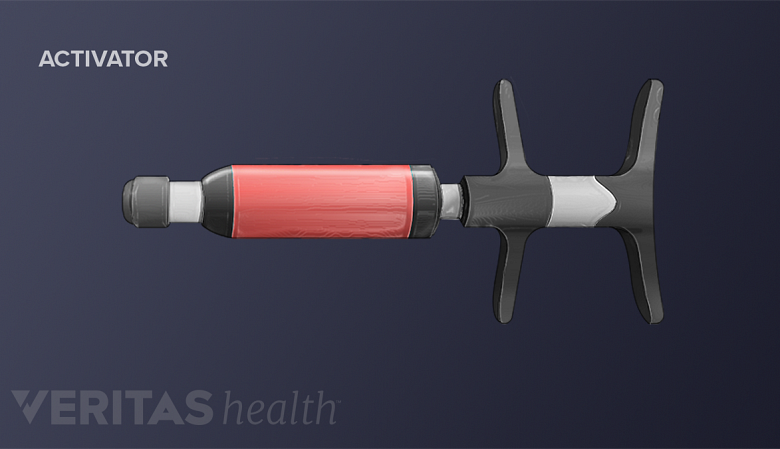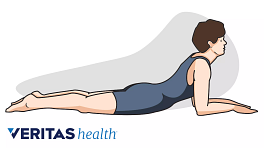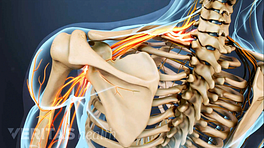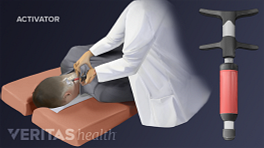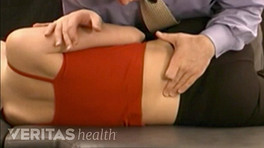The goal of spinal mobilization is the same as HVLA spinal manipulation - to restore or to enhance joint function. However, unlike HVLA spinal manipulation, slow movement, usually to a firm endpoint of joint movement, is used to mobilize the joint.
Chiropractors may choose spinal mobilization for certain patients for a variety of reasons, such as:
- Patient preference - certain patients prefer spinal mobilization over spinal manipulation
- Patients with sensitive nervous systems may benefit from gentle chiropractic techniques to keep the body from overreacting and causing reactive muscle spasms
- Patients with some conditions may be contraindicated for spinal manipulation, such as possibly patients with advanced osteoporosis, bone pathology, some forms of deformity, and certain types of inflammatory arthritis
- Chiropractors may choose spinal mobilization for patients when they are in the acute stage of their condition and in severe pain
- Obesity can make the positioning of the patient and the manipulation procedures challenging for both the provider as well as the patient, which might favor a low force technique.
In This Article:
- Understanding Spinal Manipulation
- Spinal Manipulation: High-Velocity Low-Amplitude (HVLA)
- Spinal Mobilization: Gentle Chiropractic Techniques
- Chiropractic Adjustment of the Lumbar Spine (Low Back) Video
Spinal Mobilization Methods
The Activator method employs a handheld, low-force tool to assess and adjust the spine or joints.
There is a wide range of spinal mobilization approaches and techniques. Several of the more common gentle spinal mobilization methods include:
- Activator method: The Activator is a hand-held, spring-loaded, manual tool that provides a low-force impulse. With the patient lying face down on the adjustment table, the chiropractor evaluates leg length, performs muscle testing, and adjusts the spine or extremity joints using the Activator tool.
- Cox Flexion-distraction: This technique involves a gentle adjustment that is designed to adjust vertebrae by applying a gentle stretch to the lower spine, usually in a series of repetitive slow movements similar to a rocking motion.
- Toggle Drop: Using crossed hands one on top of the other, the chiropractor presses down quickly and firmly on a particular area of the spine while a section of the drop table falls, taking advantage of gravity to apply the adjustment. The table has different sections that can be raised and dropped in accordance with the localization of the spinal adjustment.
- McKenzie Technique: This approach uses a patient preferred position to facilitate pain reduction.
See What is the McKenzie Method for Back Pain and Neck Pain?
- Release work: Applying gentle pressure using the fingertips, the chiropractor separates the misaligned vertebrae with the goal of restoring them back to their natural positions.
- Sacro-Occipital Technique (SOT): This method involves placing wedges or blocks under the pelvis, allowing gravity - with some addition low force assistance by the provider - to realign the pelvis.
In addition to the above, other forms of mobilization are commonly used, such as massage therapy, Applied Kinesiology, Receptor-Tonus Technique, Cranio-sacral, NUCCA , and many more.
